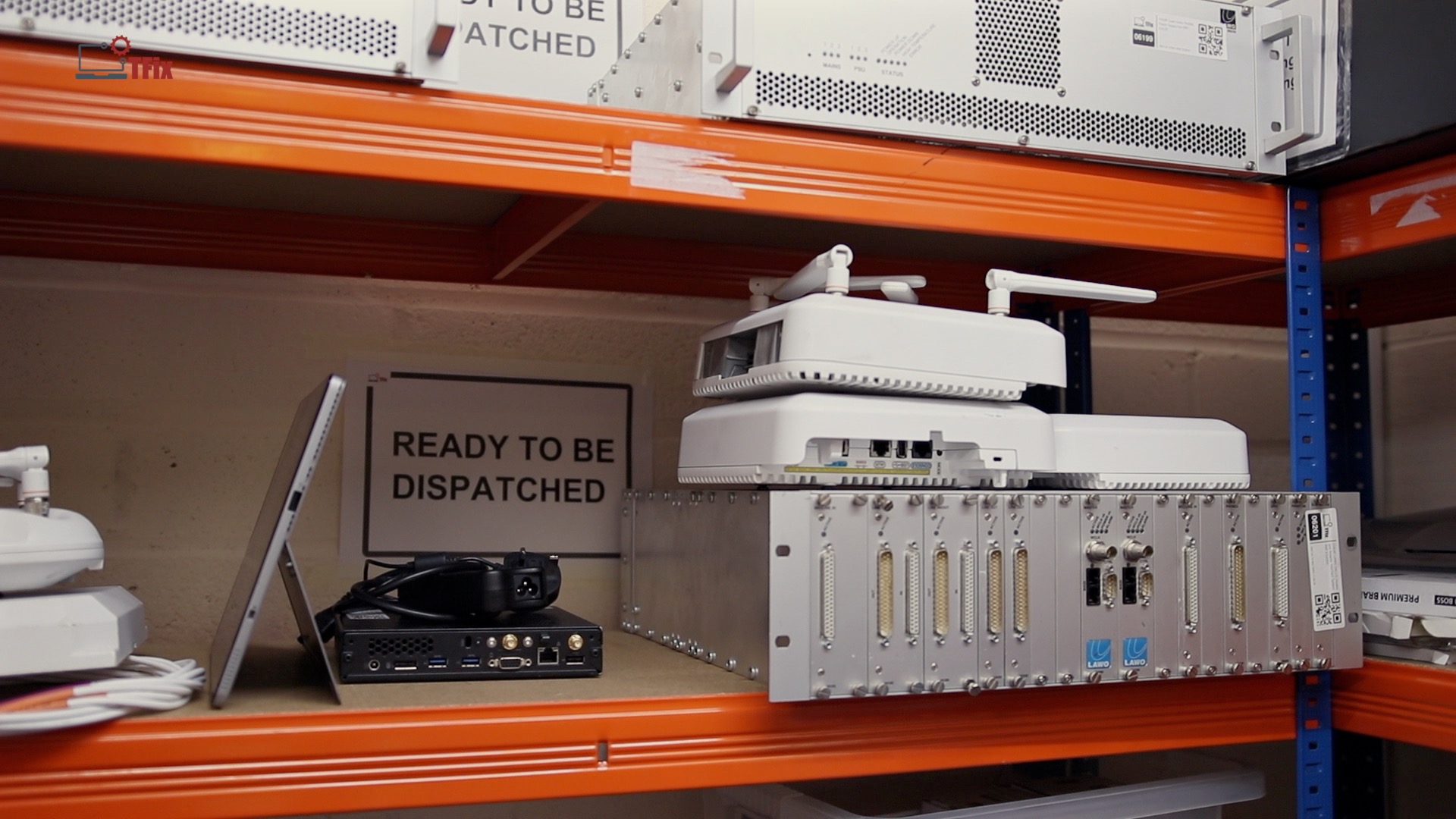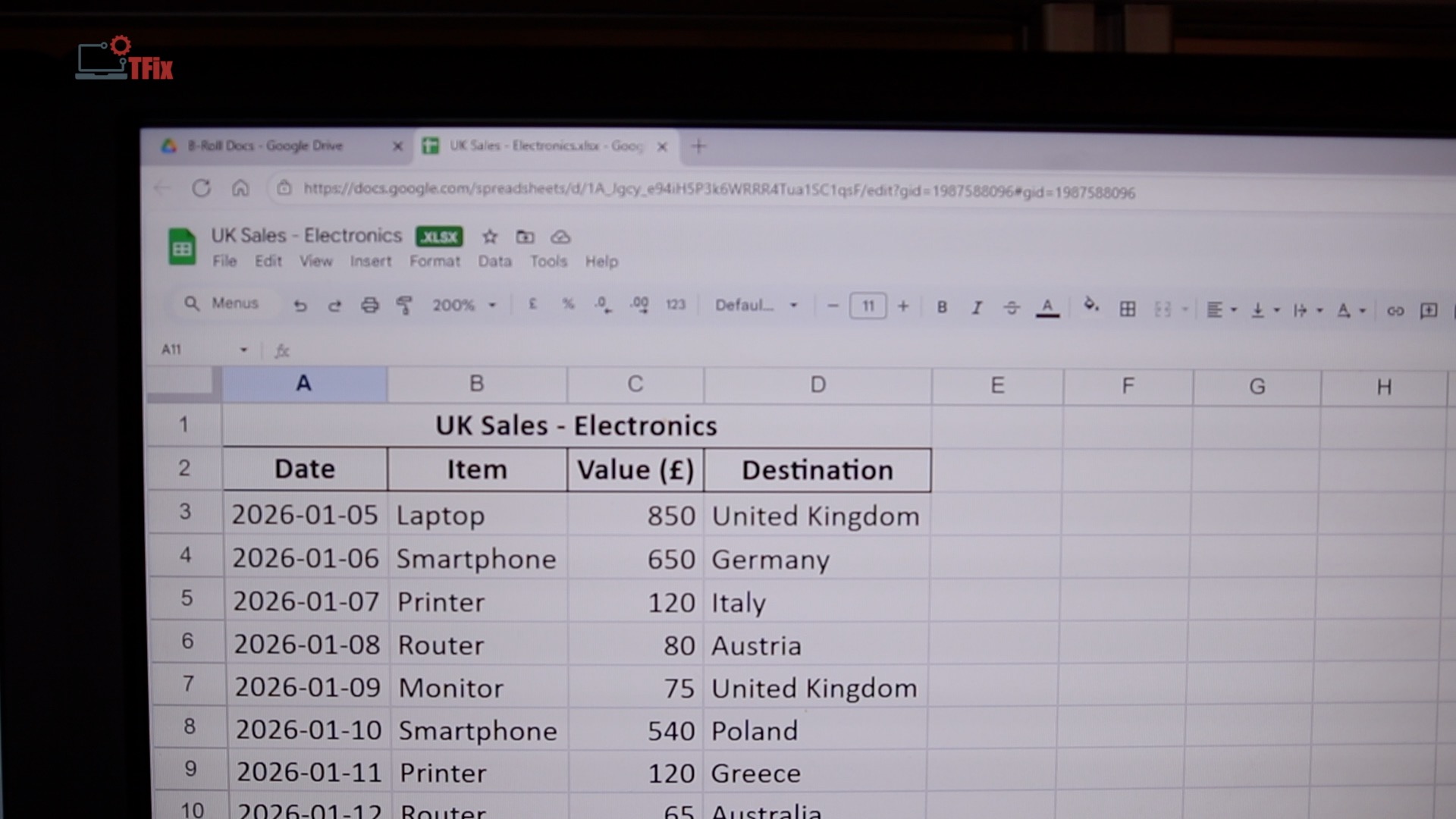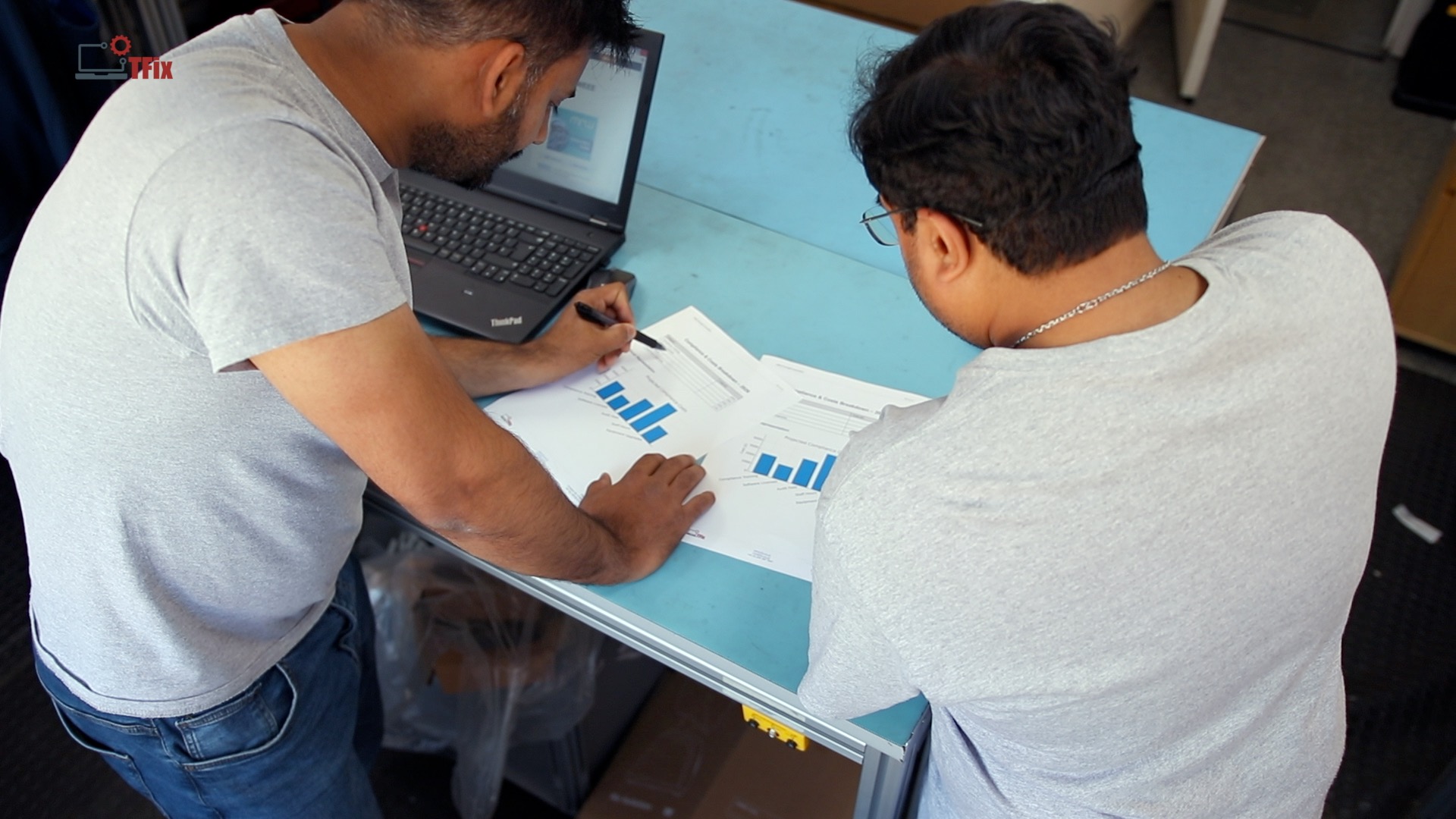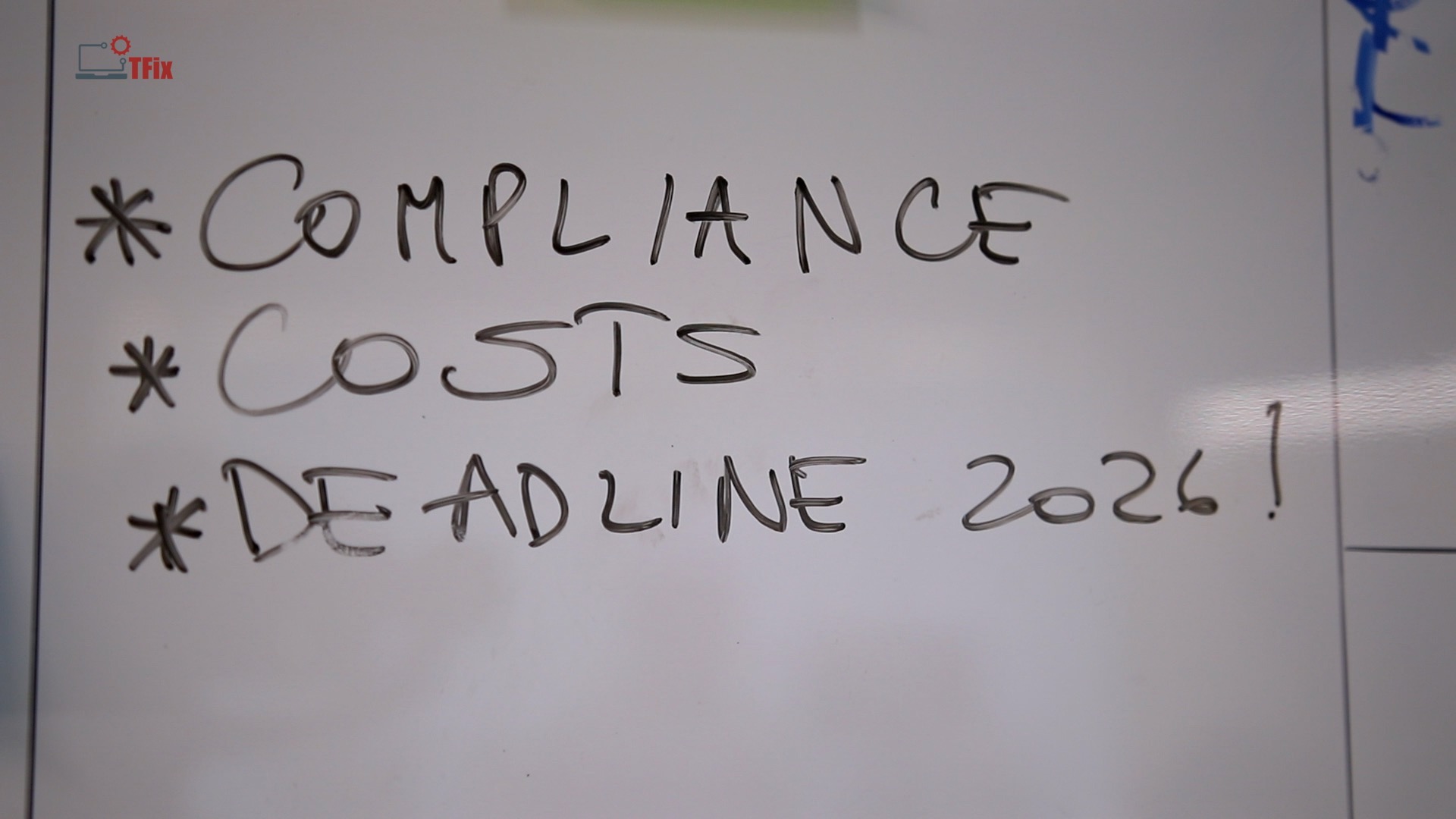Selling Electronics to the UK? Big WEEE Changes Are Coming in 2026

Introduction

If you sell electronics into the UK—even if you’re based overseas—you need to start paying attention now. A major regulatory shift is coming in 2026 that will impact marketplaces like Amazon and eBay, as well as independent online sellers. This change could carry serious financial consequences for those who don’t prepare in time.
This is not just another minor update. It’s a fundamental change to how the UK handles the environmental cost of electronics, and it brings many sellers—previously outside the system—under formal compliance requirements.
Why Is This Happening?

The change is rooted in the UK’s existing WEEE (Waste Electrical and Electronic Equipment) regulations. These rules require companies who profit from selling electrical goods to contribute financially to their collection and recycling once they reach end-of-life.
Historically, the responsibility for WEEE compliance in the UK has largely fallen on domestic brands and retailers. Meanwhile, many online marketplaces have offloaded that responsibility onto individual third-party sellers—many of whom were too small or unaware to register.
This loophole has allowed millions of electronic devices to enter the UK market without the necessary recycling contributions. The 2026 changes aim to close this gap.
What’s Changing in 2026?

From 2026, any seller or online platform serving UK customers at scale will need to register with UK authorities and report sales data. That data will determine how much they must contribute to the national recycling fund.
This isn’t a checkbox exercise. Sellers will need to:
-
Register under WEEE compliance schemes
-
Track and report UK-bound sales volumes accurately
-
Possibly adjust pricing to account for compliance costs
Platforms like Amazon and eBay will likely be held directly responsible for ensuring compliance—either by registering themselves or by requiring proof from their sellers.
What Will It Cost?

At this stage, no one can say exactly how high the charges will be. Costs will depend on:
-
Product type
-
Weight of goods sold
-
Annual sales volume
For businesses moving high volumes of consumer electronics, even modest rates could lead to tens of thousands of pounds annually. Some platforms may spread the cost across all sellers, while others may implement stricter seller compliance checks.
What Sellers Need to Do Now

If you sell electronics to UK customers—no matter where you are based—you will need to:
-
Determine if your products fall under WEEE scope
-
Assess whether your sales volume triggers registration thresholds
-
Implement systems to track required data now, before 2026
Compliance will not be optional. Penalties for non-compliance will likely be significant, and the UK authorities will expect full records from day one.
Timeline: 2026 Sounds Far Off, But It Isn’t
Although implementation is set for 2026, getting compliant will require operational changes—tracking systems, staff training, and potentially legal guidance. These things take time.
The earlier you start preparing, the lower your compliance risk and potential disruption in 2026.
Final Thoughts
This regulation is not designed to punish sellers—it’s about environmental responsibility. But for those who ignore the change or leave it too late, the financial and operational impact could be severe.
If you’re unsure where to start or what this means for your business, now is the time to consult with WEEE compliance professionals and start building a tracking system that fits your operation.